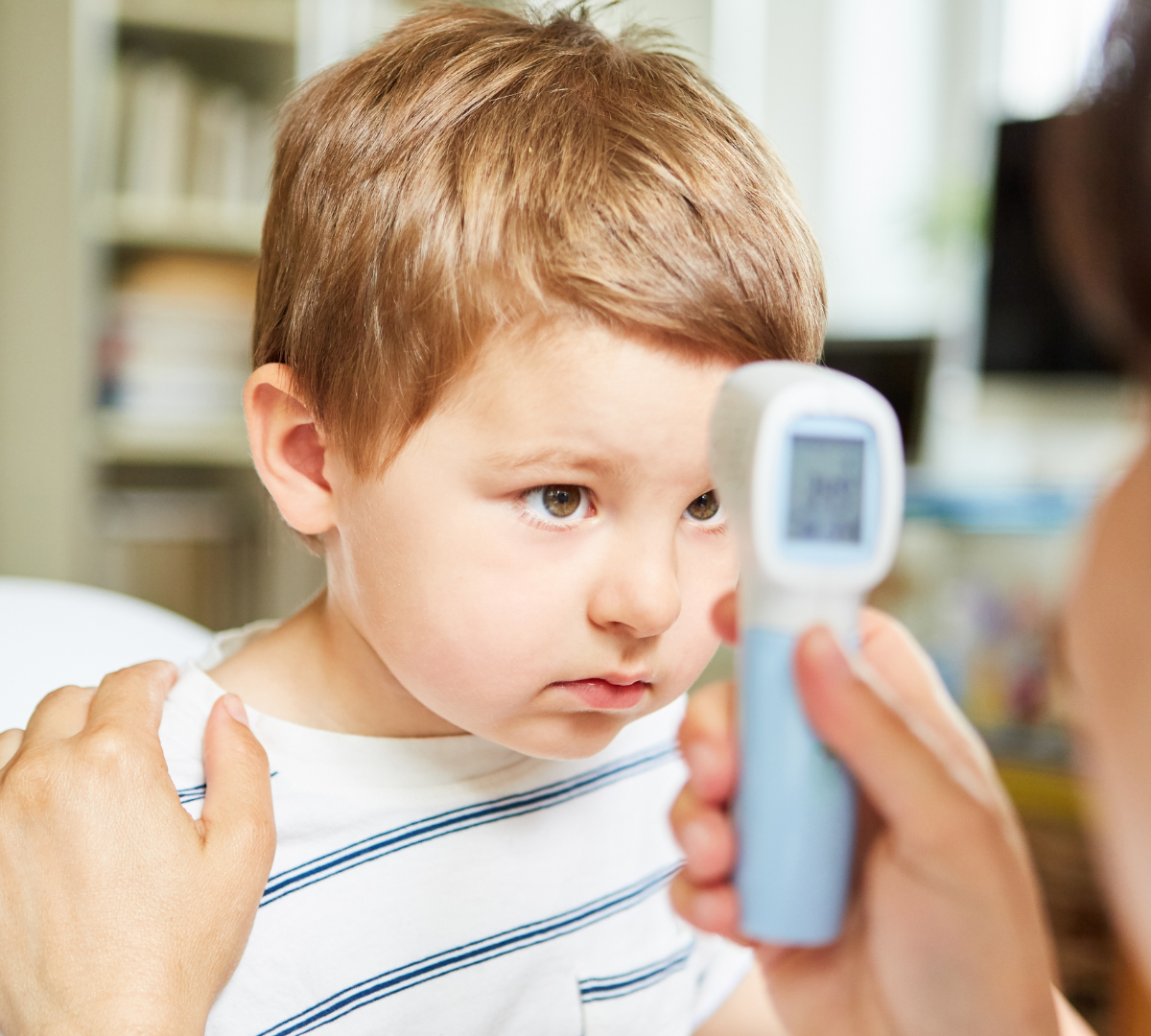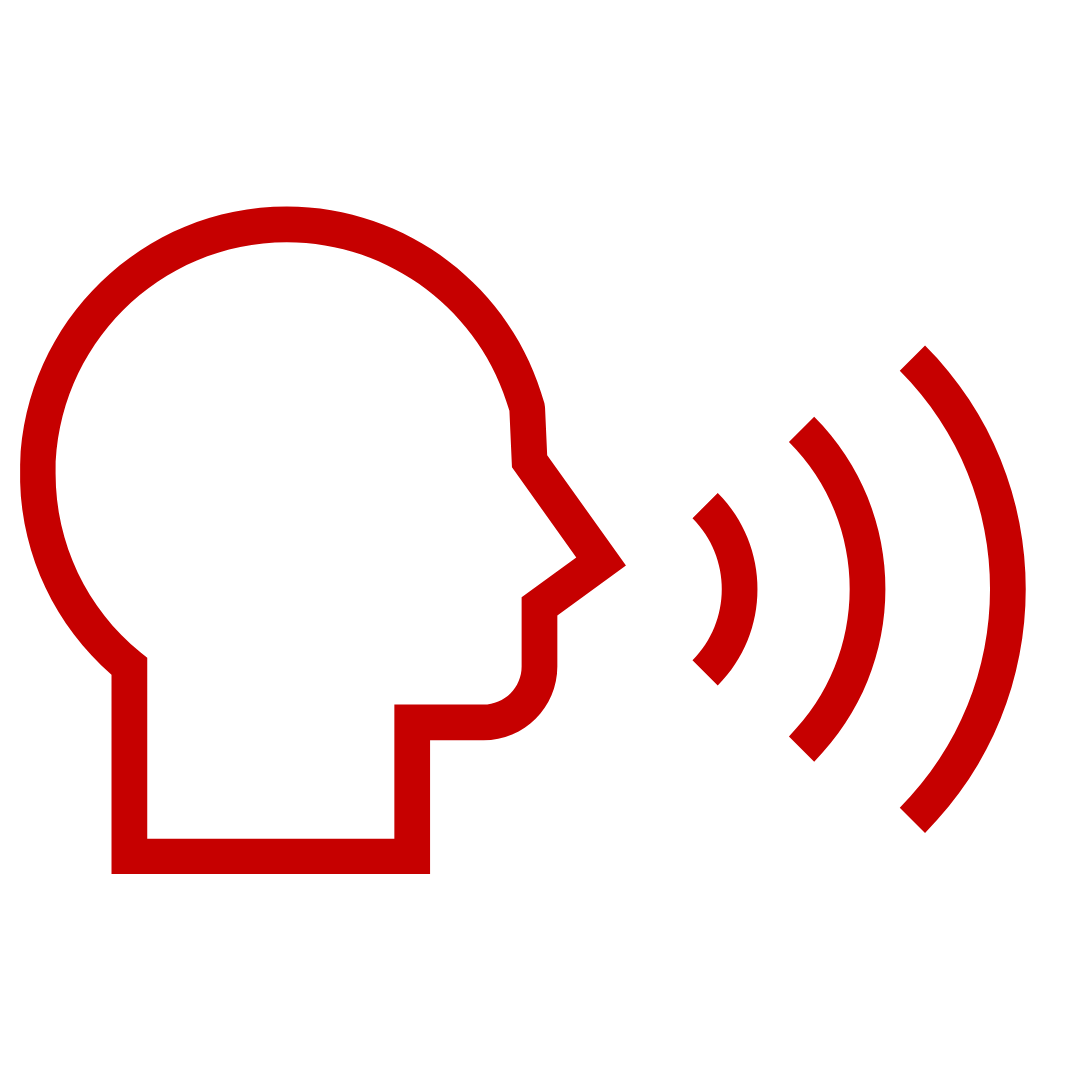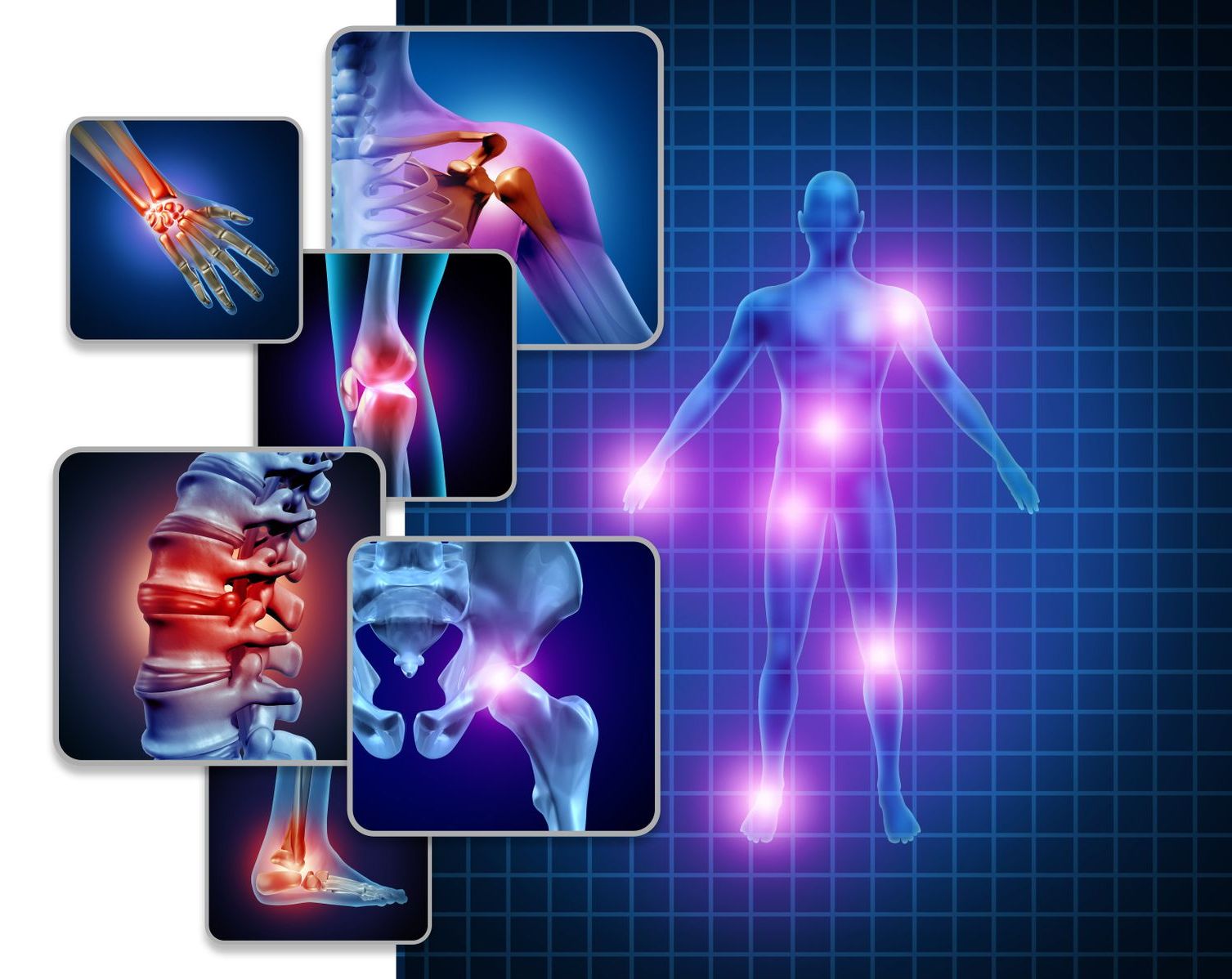- HOME
- ABOUT US
- WHAT IS AiARTHRITIS
- Diseases
- Rheumatoid Arthritis (RA)
- Psoriatic Arthritis (PsA)
- Systemic Lupus Erythematosus (SLE)
- Sjögren's Disease (SD)
- Axial Spondyloarthritis (AxSpA)
- Crohn's Disease
- Sarcoidosis
- Relapsing Polychondritis (RP)
- Systemic Sclerosis/Scleroderma (SSc)
- Behcet's Disease (BD)
- Palindromic Rheumatism (PR)
- VEXAS
- Antisynthetase Syndrome (ASS)
- Mixed Connective Tissue Disease
- JIA
- Familial Mediterranean Fever (FMF)
- HIDS (hyper-IgD syndrome, a mevalonate kinase deficiency)
- Cryopyrin-Associated Periodic Syndromes (CAPS) - Familial Cold Autoinflammatory Syndrome, Muckle-Wells Syndrome
- Schnitzler Syndrome
- Chronic Nonbacterial Osteomyelitis (CNO)/Chronic Recurrent Multifocal Osteomyelitis (CRMO)
- Still's Disease
- All Diseases
- Diseases
- OUR WORK
- RESOURCES & TOOLS
- GET INVOLVED
- CONTACT US
Juvenile Idiopathic Arthritis (JIA)




How to pronounce it:
Juvenile - joo-veh-nile
Idiopathic - ih-dee-oh-pahh-thic
AiArthritis defines juvenile idiopathic arthritis as:
Juvenile Idiopathic Arthritis (JIA) is a term used to describe a group of chronic inflammatory joint conditions that affect children and adolescents. It is the most common rheumatic disease in childhood. The term "idiopathic" means that the cause of the condition is unknown.
Several subtypes fall under the JIA umbrella including:
- Oligoarthritis: the most common subtype and often affects fewer than five joints, typically the knees or ankles. Oligoarthritis can be further divided into:
- Persistent: affecting a limited number of joints throughout the disease course
- Extended: involving more joints after the initial presentation
- Polyarthritis: affects five or more joints and is divided into two subtypes:
- Rheumatoid Factor Negative (RF-): This is the more common subtype and does not involve the presence of a specific antibody known as rheumatoid factor.
- Rheumatoid Factor Positive (RF+): In this subtype, children have elevated levels of rheumatoid factor in their blood.
- Systemic Arthritis: involves arthritis along with systemic symptoms such as fever, rash, and inflammation of internal organs. The fever is usually daily, and the rash may be evanescent, meaning it comes and goes. Systemic JIA can affect multiple joints and can have more systemic complications and is under the umbrella of Still's Disease.
- Enthesitis-Related Arthritis: Enthesitis refers to inflammation where tendons or ligaments attach to bones. This subtype of JIA involves arthritis and inflammation at the entheses. It is often associated with conditions such as spondyloarthritis and may affect the spine, hips, and entheses.
- Psoriatic Arthritis: Psoriatic JIA is characterized by both arthritis and psoriasis or a family history of psoriasis. Psoriasis is a skin condition that causes red, scaly patches.
- Undifferentiated Arthritis: This category is used when the features of JIA do not fit into one specific subtype. It may include children who do not meet the criteria for any of the other subtypes or exhibit features of more than one subtype.
Symptoms
Symptoms of AiArthritis Diseases Regardless of Diagnosis



Common in All AiArthritis Diseases
- Periods of worsening symptoms are called flares. A flare can last for hours, days, weeks, or months.
- Condition improves with activity and exercise and worsens with rest.
- When inflammation is left uncontrolled due to lack of proper treatment, comorbidities can develop. 70% of patients with chronic, lifelong disease will develop comorbidities, including dual or triple diagnoses.
- Autoimmune diseases run in families. If anyone in your immediate family (parents, siblings) or extended family (aunts, uncles, grandparents) have been diagnosed with ANY autoimmune disease, there is the possibility of genetic predisposition.
“Auto” Symptoms
- Severe fatigue or exhaustion that may not be helped by caffeine/stimulants and can happen even after a long period of rest.
- “Brain fog” - or periods of time where thinking gets clouded and it becomes difficult to concentrate.
- Flu-like symptoms, without having the flu- nausea, muscle weakness, and general malaise.
- Fever, typically low grade in autoimmune and higher grade in autoinflammatory (% strongly varies per disease).
Reference: Early Symptoms of AiArthritis Study, AiArthritis, 2019.
Inflammatory Arthritis Symptoms
- Severe stiffness in one or more joints, especially in the morning or after sitting for long periods of time.
- Episodes of joint pain that may last for hours, days, or even weeks, that can appear and disappear suddenly. Often described as “jumping pain” into different locations.
Typically the joint pain will coincide with one or more “Auto” symptoms and start and stop suddenly - for no apparent reason (which is called a "flare"). Some people will experience all of the above symptoms, others only a few. If you have any of the arthritis features, and at least one of the “Auto” features, please consult your physician about a referral to a rheumatologist.
Symptoms Often Associated with Juvenile Idiopathic Arthritis:
- Eye inflammation
- Decreased appetite, poor weight gain, and slow growth
- High fever and rash (in systemic JIA)
- Swollen lymph nodes (in systemic JIA)
- Appetite loss
- Problems with growth
- Skin changes such as rash, scaly red patches of skin, pitted nails
- Pain and redness of the nose

What fellow patients want you to know
Do you have Juvenile Idiopathic Arthritis? Let us know what YOU would want those with JIA or those who are not yet diagnosed to know!
More About Juvenile Idiopathic Arthritis
Diagnosing Juvenile Idiopathic Arthritis

There’s no single definitive test that can confirm a juvenile idiopathic arthritis (JIA) diagnosis, so rheumatologists look at a combination of physical exam, blood tests [erythrocyte sedimentation rate (ESR), C-reactive protein (CRP), Anti-Nuclear Antibody (ANA), Rheumatoid Factor (RF)], imaging, and family history of autoimmune or autoinflammatory disease. Additional testing may be necessary such as urine tests, joint aspirations, and eye exams.
Notable Persons with this Disease

- Phil Mickelson, Golf Professional (diagnosed at 2 years old)
- Kathleen Turner, Actress
- Matt Iseman, Host of "American Ninja Warrior"
Other Resources
In an effort to ensure this page has the most accurate and up-to-date information, this page is currently awaiting medical review. Some information is subject to change.
Page Last Updated: 9/1/2023
Sign up for our newsletters
International Foundation for AiArthritis
6605 Nottingham Ave.
St. Louis, MO 63109-2661
Toll Free: 1-877-609-4226
Text: 1-314-282-7214
Copyright 2024. All rights reserved. Information on this site is intended for informational purposes only Our foundation does not engage in the practice of medicine. Please consult a physician to obtain personal healthcare and treatment options. 501(c) 3 Nonprofit Tax ID: 27-1214308.


